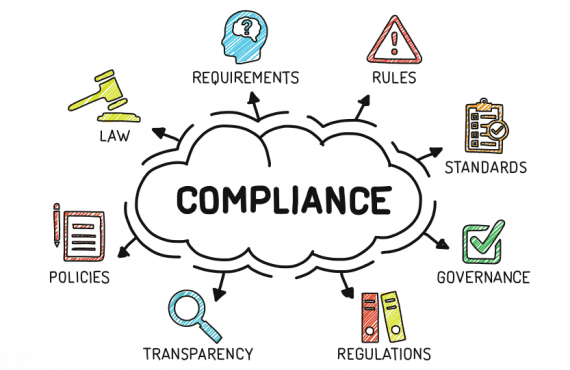All long-term-care (LTC) facilities must, by law, have a “Quality Assurance and Performance Improvement” (QAPI) program in place—and ready for inspection—by November 28, 2017.
The Affordable Care Act of 2010 requires all nursing homes to have an “acceptable” QAPI plan in place by that time, designed specifically to improve care while reducing per capita costs in the healthcare delivery system.
The legislative demands consist of three phases. Phase 1, supposed to have been implemented in November 2016, required all LTCs to have a Quality Assessment and Assurance (QAA) Committee in place to identify any “quality deficiencies” and develop plans to correct them.
Phase 2—which is required as of the end of November 2017—requires all LTCs to have a QAPI plan ready for review by the State Survey Agency, and phase 3 requires the full implementation of the QAPI program by no later than November 2019.
QAPI can be defined as the combination of two approaches to quality control management: Quality Assurance (QA) and Performance Improvement (PI).
QA is the process whereby care at an LTC is maintained at an “acceptable level” by ensuring that all facilities have minimum service thresholds.
QA also contains a reactive element to review deficiencies, correct them, and put processes in place to prevent such shortfalls occurring in the future.
For its part, PI is supposed to be a proactive study of systems and processes designed to preempt any problems through forward planning and the proactive testing of new solutions to ongoing or persistent problems.
In other words, QAPI is designed to involve all LTC staff in identifying areas for improvement, to develop corrective measures, and—on an ongoing basis—to provide insight into how effectively all the plans are working.
The “QAPI Five Elements” guide issued by the Centers for Medicare and Medicaid Services (CMS) identifies the following requirements:
Element 1: “Design and Scope.” A QAPI program must be ongoing and comprehensive, dealing with the full range of services offered by the facility, while emphasizing autonomy and choice in daily life for residents.
Element 2: “Governance and Leadership.” LTC administrators should seek input from staff, residents, and their families, and allocate sufficient resources for developing, training, and implementing the QAPI program.
Element 3: “Feedback, Data Systems, and Monitoring.” All LTCs must have feedback systems and processes to investigate all deficiencies.
Element 4: “Performance Improvement Projects” or PIPs. LTCs must have the ability to coordinate a “concentrated effort on a particular problem in one area of the facility” which can identify specific concerns and provide dedicated solutions.
Element 5: “Systematic Analysis and Systemic Action.” LTCs must use a “systematic approach” to determine when in-depth analysis is needed to fully understand a problem, with a specific focus on “continual learning and continuous improvement.”
All five of these elements will be discussed in detail in further articles.






















































